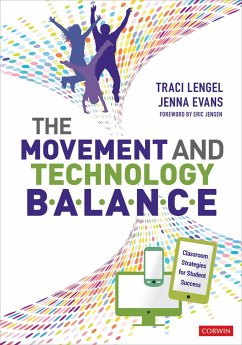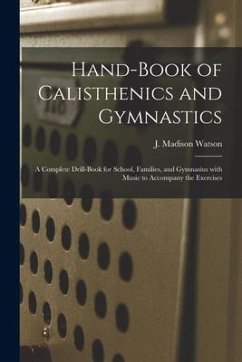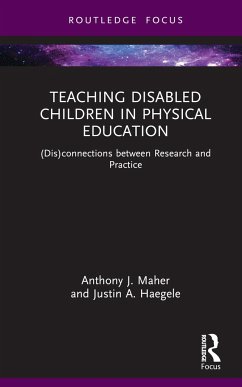Nicht lieferbar
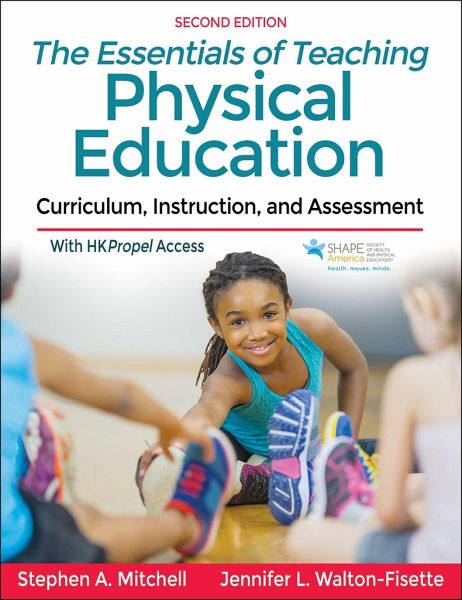
The Essentials of Teaching Physical Education
Curriculum, Instruction, and Assessment
Versandkostenfrei!
Nicht lieferbar




The Essentials of Teaching Physical Education, Second Edition, delivers the vital information future and current physical educators need to know, with a focus on social justice and equity issues. It uses a standards-based teaching for learning approach and helps readers develop the skills in planning, management, teaching, and assessment they need to begin successful careers.
Steve Mitchell, PhD, is a professor of physical education teacher education at Kent State University. He has BS and MA degrees in physical education and education from Loughborough University in England and a PhD in education from Syracuse University. Steve is lead author on Teaching Sport Concepts and Skills, also published by Human Kinetics-a book now in its fourth edition, with previous editions translated into Japanese and Korean. He has numerous refereed journal publications to his credit. He has also made dozens of keynote addresses and scholarly presentations. Steve is a member of SHAPE America, serving on many committees for that organization. He is a past president of the Ohio Association for Health, Physical Education, Recreation and Dance (OAHPERD). In 2005, he received the NASPE Physical Education Teacher Education Honor Award. Jennifer L. Walton-Fisette, EdD, is a professor of physical education teacher education in the School of Teaching, Learning, and Curriculum Studies at Kent State University. She obtained her BS in physical education from Rhode Island College, her MS in sport pedagogy from Ithaca College, and her EdD in physical education teacher education from the University of Massachusetts at Amherst. Jennifer has published four books and more than 40 research articles. She served as chair of the Research Council and is actively involved with SHAPE America, OAHPERD, and other associations. Her scholarship explores social justice, equity, and policy issues in physical education and PETE programs locally, nationally, and internationally. In recent years she has been especially active in the areas of social-emotional learning and trauma-informed teaching, and she is well-respected as an expert on these subjects.
Produktdetails
- Verlag: Human Kinetics Publishers
- Second Edition
- Seitenzahl: 264
- Erscheinungstermin: 17. Mai 2021
- Englisch
- Abmessung: 217mm x 281mm x 16mm
- Gewicht: 878g
- ISBN-13: 9781492598923
- ISBN-10: 1492598925
- Artikelnr.: 61417981
Herstellerkennzeichnung
Libri GmbH
Europaallee 1
36244 Bad Hersfeld
gpsr@libri.de
Für dieses Produkt wurde noch keine Bewertung abgegeben. Wir würden uns sehr freuen, wenn du die erste Bewertung schreibst!
Eine Bewertung schreiben
Eine Bewertung schreiben
Andere Kunden interessierten sich für



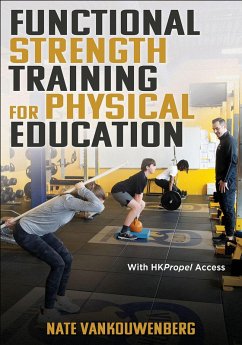
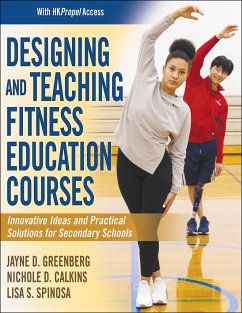
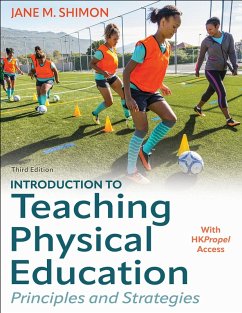
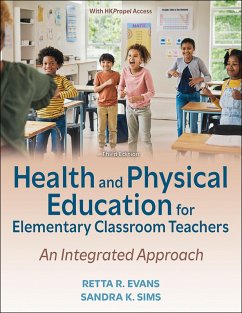
![Physical Drill With and Without Arms and the New Bayonet Exercise [electronic Resource] Cover Physical Drill With and Without Arms and the New Bayonet Exercise [electronic Resource]](https://bilder.buecher.de/produkte/65/65492/65492706n.jpg)
